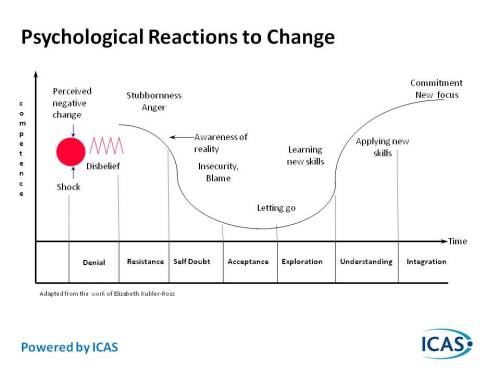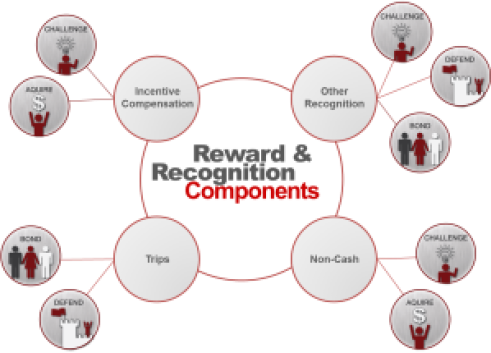 The 9th Planet
The 9th Planet
Growing up in the 1970’s I had a fascination with Pluto.
It was cool. It was the farthest planet from the sun. It was the smallest planet. It’s orbit intersected with Neptune’s and sometimes was closer to the sun and other times further away – but it would be 100’s of years before that happened since it takes over 200 years to orbit the sun. It was the last planet discovered and it was discovered because they were looking for planet X. It was cold and icy and mysterious.
I mean it couldn’t get much cooler.
The only downside was that Mickey Mouse’s dog was named after it…
But then, in 2006, the International Astronomical Union (IAU) downgraded Pluto from the 9th planet to a dwarf planet.
Now, the basic make-up of Pluto hadn’t changed. It’s orbit was still the same. It’s size the same. It’s history hadn’t suddenly been altered – but Pluto was no longer a planet.
And now, my son, who was born in 2006, will never know Pluto as the 9th planet. It will be just one of the many dwarf planets that are in the Kupier belt and not even the biggest one. He won’t be reading about it in any of the new solar system books. He will grow up in an 8-planet solar system. Our knowledge of the solar system changed, and with it, so did Pluto.
But Pluto is still Pluto – only it’s label has changed.
3 letters
I started my PhD process in 2003. It took me 8 years to finish. Over those years, I learned a lot and my experiences grew (mostly in the first few years where I was taking classes and researching my topic and less in those last 5 years when I was trudging through writing my dissertation). However, the difference in knowledge and skill the day before I earned my diploma and the day after I earned my diploma was zero.
But people looked at me differently – my label had changed.
I taught the same sessions. I did the same consulting work. Yet, I was now viewed as an expert. I had three letters after my name and that gave me clout and authority. It actually changed the way that they experienced the information that I shared with them.
People who didn’t know me prior to my PhD would never know that I was once just one of the many struggling students out there working hard at getting their dissertation done. To them, I was Dr. Nelson. Just as my son won’t think of Pluto as a planet, these people will not think of me as anything but having a doctorate.
And that changes how they perceive me.
But I’m still me. Pluto is still Pluto. We just have different labels…but those labels change how people view us. They can change the dynamics that we have with individuals – how much attention we get, how much credence is placed on us, and how they interpret the information that we provide.
And remember, we place a lot of labels on people: president, chairmen, all-stars, diva’s, minister, deviants, heroes, just to name a few. Those labels impact how we interact with those people – but underneath it all, we need to remember that they are still human beings.
More info on Pluto here: http://en.wikipedia.org/wiki/Pluto







